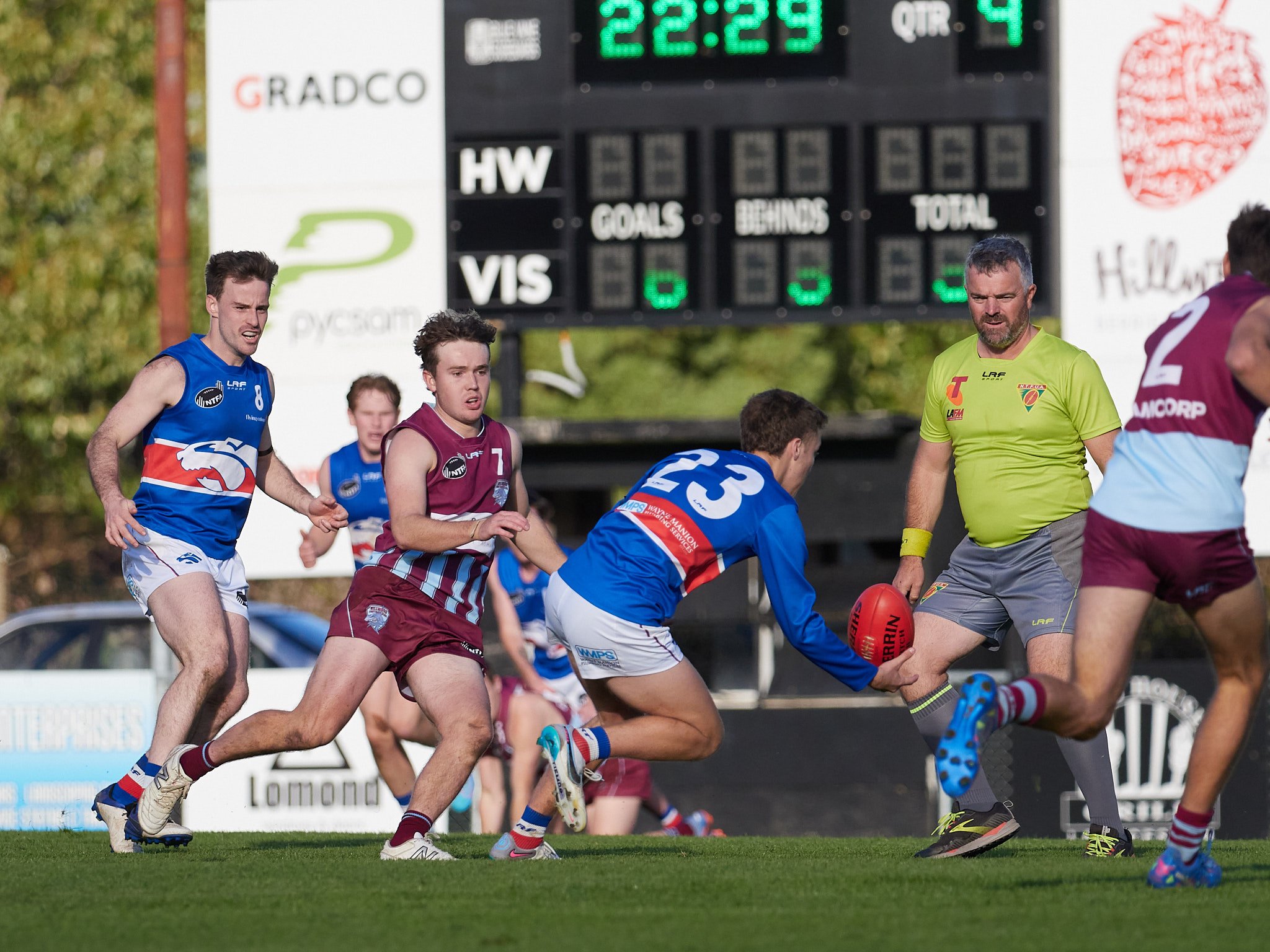Better video camera settings. This is the big one, from Wave forms, Vectors, shutter angle, many, many more video menu settings, including sound and visual assists. Honestly I could fill a page. The difference between a G9 and the S5 is the same as the G9 to an EM1 mk2, which is to say, there is daylight between them. The EM1’s are stills cameras with capable video hidden inside, but little effort to make them comfortable to use in that space. The G9 is the true hybrid favouring neither at the expense of the other, the S5 is a video camera first, the easier stills options is effortly added by default, but is not a priority.
Little things like no top panel screen, which may seem odd, but for video the real estate is better dedicated to useful buttons and vision relegated to either the rear screen or in my case the 5” Portkeys. In a cage, the G9 screen is partly obscured anyway. The on-off switch is separate to the shoot button, and protected under the cage, the smaller card door, but bigger other flaps.
The only exception is the Smallrig cage, that is a better fit than my GH5/G9 Niceyrig one, but lacks a few screw mount holes on the left side. I have fixed this to a point with a Smallrig plate bolted to the side, but just one set of matching screw threads would have been good.
Of course, there are down sides (accounted for in balance with the price), like new batteries, new lenses etc, but these have mostly become non issues, absorbed into the equivalent options in M43 (the dearer GH6 also needed an expensive card etc, GH5 an off board and gimbal).
My goal was to take the easiest route to easy to take, quality 1080 and occassional 4k footage within a realisticly achieved envelope. The S5 achieves this easily with a minimum of fuss and upgrade paths if required are many. It also meshes well with the OSMO as the full gimbal-odd angle option. The S5.2 AF is not a draw as I manually focus and the slightly higher upgrade options are well beyond my needs.
If I went again, I may have gone the GH5.2, just to keep it sane, but the saving at the time was only about $400au, which did not even cover the S5’s extra lens. I would have All-i recording and live streaming, neither of which seem to matter that much.
If I ever upgrade any of my cameras, a G9.2 would likely be the way, adding hopefully better video options than the G9, phase detect AF and stabilising that all my M43 lenses could take advantage of and GH6 level stills performance (or better).





















































































































































